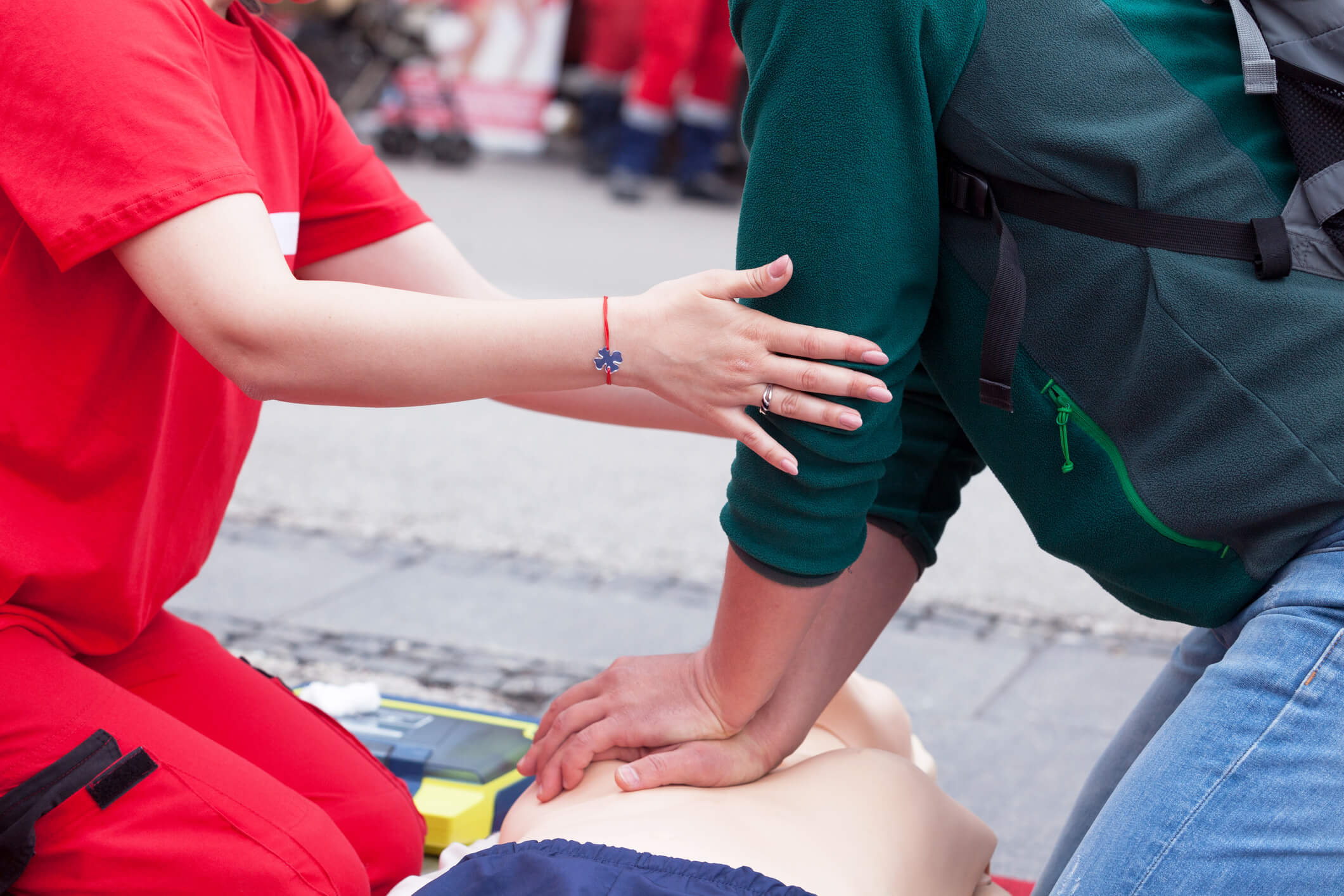
In 2022, there were 647 mass shootings, and as of mid-year 2023, there have already been more than 300. Tactical medical response requires a different skill set and approach than that required when an elder falls, or a child has a choking episode. Tactical medical injuries are high-stakes, and first responders must provide prompt care in a high-stress environment where split-second decisions can be a matter of life and death.
Whether responding to a law enforcement emergency, a mass shooting, or a battlefield, EMS professionals can expect these common tactical medical injuries:
1. Hemorrhage
Hemorrhage is the most common injury in most tactical medical scenarios. Proper management of hemorrhage is critical to survival. Death from hemorrhage is a global problem, with more than 60,000 deaths yearly in the United States. Worldwide, there are about 1.9 million deaths per year, and 1.5 million of them result from physical trauma.
The most common types of hemorrhage include:
- Hemorrhages from non-compressible wounds, such as those to the abdomen.
- Junctional hemorrhages, which occur where the arms and legs meet the trunk. They can be difficult to stop on the battlefield and are a major contributor to survivable deaths.
- Hemorrhaging extremity wounds.
Hemorrhage can create additional problems, such as when a wound bleeds into the airway, causing a breathing problem in a person who is already in a medical crisis. Prompt transport, control of the bleeding, and proper suction of the airway are all critical to survival.
2. Tension Pneumothorax
Tension pneumothorax happens when a lung injury causes the lung to collapse. As a result, the lung leaks air, but cannot take air back in. The treatment of choice is needle decompression followed by tube thoracostomy.
EMS personnel should note that the presence of chest tubes does not preclude the development of tension pneumothorax. So monitoring of the lungs, particularly in someone with a chest injury or airway obstruction, remains critical in tactical care.
3. Airway Obstructions
Airway obstructions are common in tactical medicine. The most common causes include head and spinal cord injuries. Proper suctioning equipment and technique are critical to managing the airway before and during transport. In many tactical scenarios, a patient needs a ventilator to survive and may need emergency surgery to treat the underlying cause of the obstruction.
4. EMS Provider Injuries
In 2020, almost 17,000 EMS personnel seek emergency care for on-the-job injuries each year. Stress, the need for rapid decisions, and a dangerous environment increase the risk of injury in tactical medical scenarios. The most common injuries include:
- Sprains and strains
- Contusion and abrasions
- Violence
- Motor vehicle accidents
- Harmful exposures
EMS injuries increase the stress of a high-stakes tactical scenario. Even minor injuries can impair your judgment and make it more difficult to treat those whose lives hang in the balance. Moving slowly, double-checking your actions and equipment, and brushing up on safety precautions can protect you and the people you care for.
5. Emergency Mental Health Needs
Tactical situations don’t just cause physical injuries. They can also trigger mental health episodes, such as:
- Flashbacks in soldiers, rape survivors, and others who have experienced previous acts of violence.
- Panic attacks.
- A fight, flight or freeze response that inhibits the ability to follow directions or make sound decisions.
- Suicidal thoughts or gestures.
Managing these mental health needs is critical to protecting the health and wellness of all parties. Mental health issues can compound physical health issues. For instance, airway obstruction may be more dangerous in someone hyperventilating due to a panic attack. First responders should pursue continuing education on mental health first response skills and must remain continually vigilant so that they can appropriately support people experiencing mental health crises.
Preparation: The Key to Quality Care in Tactical Medical Scenarios
Well-maintained, functioning EMS supplies can mean the difference between life and death. If you’re fumbling for a spare battery for your suction unit as a shooting survivor struggles to breathe, you’re not providing optimal care. Your tactical medical kit must be well stocked. Check your equipment at the start of each day and the end of each shift. Aim for redundancy, with spare batteries and numerous backup disposables.
The right portable emergency suction device can save lives and time. To learn more about the supplies you need, read The Ultimate Guide to Purchasing a Portable Emergency Suction Device.
Editor's Note: This blog was originally published in July, 2018. It has been re-published with additional up to date content.
















